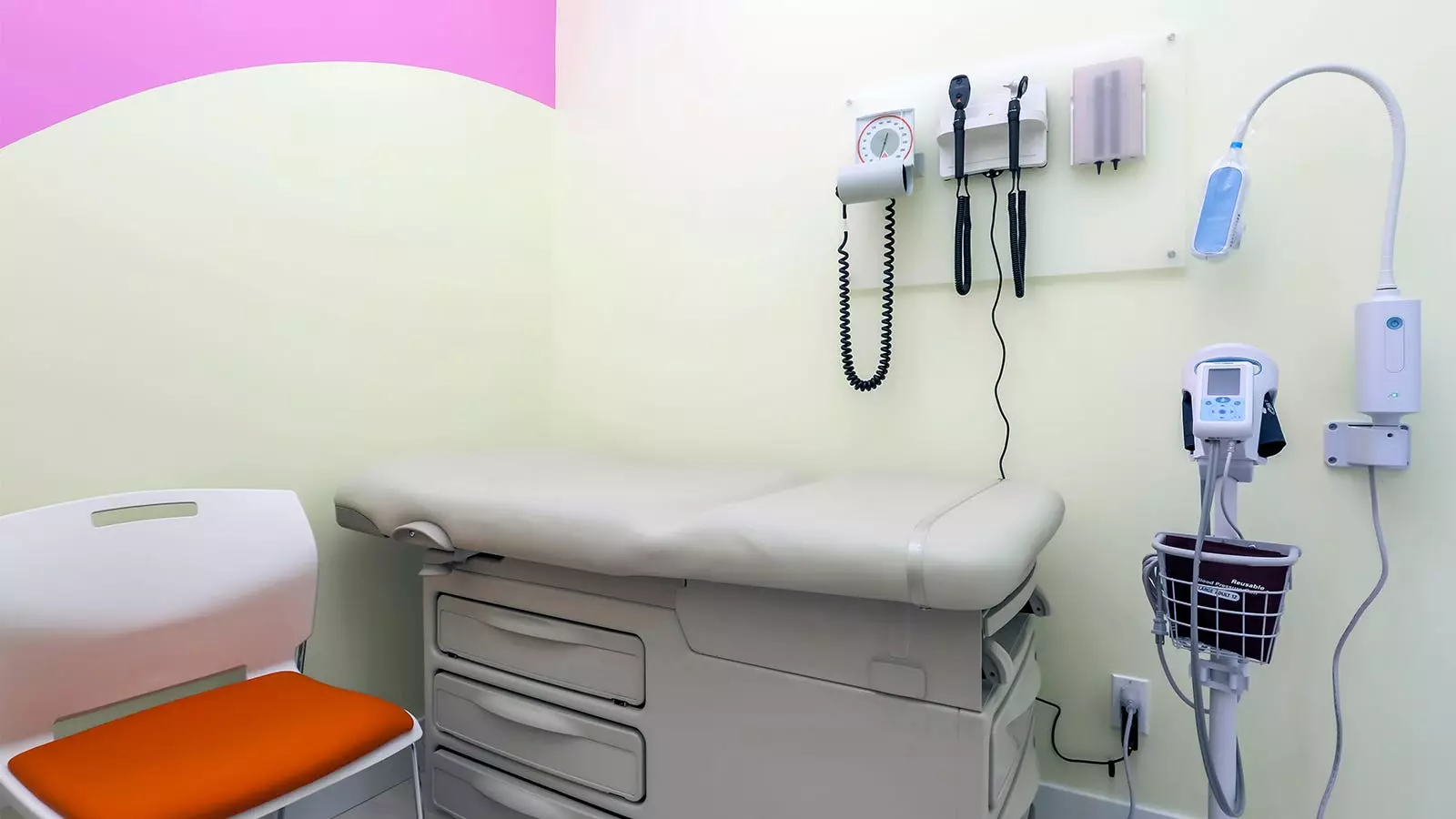In today’s healthcare landscape, the patient-physician interaction is markedly transformed by the incessant focus on quality measures. Patients often enter examination rooms greeted not by a warm hello but by a clinical atmosphere dominated by computers and checklists. This predicament raises essential questions about the essence of quality in healthcare. Are we measuring what truly matters in patient well-being, or are we simply ticking boxes for insurance protocols? The advent of electronic health records (EHRs) and mandated quality measures, although aimed at improving patient care, often restrict genuine communication between patients and providers. This article explores the implications of quality measures on healthcare delivery and advocates for a more holistic approach to patient interaction.
The Rise of Quality Measures
The increasing prevalence of quality measures, such as those implemented by the Centers for Medicare & Medicaid Services (CMS), has recalibrated the way healthcare is delivered. With an astonishing 788 quality measures in place as of 2020, physicians find themselves burdened with a checklist mentality. These metrics are designed to assess the quality of care, yet they primarily focus on quantifiable aspects like immunizations, screenings, and lab tests. While such measures can enhance preventive care, they often overshadow the more nuanced dimensions of healthcare—such as emotional support and patient education. The result? A healthcare system where the patient feels like a data point rather than an individual.
The Erosion of Meaningful Conversations
One of the most significant casualties of the quality measure obsession is the erosion of meaningful conversations in clinical settings. Imagine a typical appointment where the conversation drifts toward standard questions: “Have you had your flu shot?” “Do you smoke?” “How’s your blood pressure?” While these queries may be pertinent, they lack the curiosity-driven inquiries that foster genuine doctor-patient relationships—questions like, “How has your family been?” or “What worries you the most these days?” Such inquiries can lead to constructive dialogues about sensitive topics like mental health or socio-economic challenges. Unfortunately, the emphasis on predetermined metrics silences these important discussions.
The introduction of EHR systems aimed to streamline data management but often feels more like an albatross, weighing practitioners down. These systems can create barriers to effective communication, as healthcare professionals frequently find themselves peering at screens instead of engaging with patients face to face. The requirement to document every quality measure can transform a doctor’s focus into an exercise in data-entry rather than compassionate care. This formulation not only risks alienating patients but may also significantly diminish job satisfaction for healthcare workers, leading to burnout and attrition in the sector.
Nevertheless, there is a viable path forward. To align quality measures with compassionate care, a framework where these metrics are addressed organically rather than as a repetitive obligation is crucial. By allowing support staff to handle routine quality measures through pre-visit preparations and patient outreach, providers can reclaim their time and focus. Employing communication through various avenues—emails, texts, and patient portals—can help achieve these metrics without crowding the clinical visit. This can reduce the intrusive nature of checkbox tasks and improve the quality of physician-patient interactions.
Rethinking Provider Payment Models
Additionally, a paradigm shift in how providers are compensated could play a fundamental role in this redesign. Traditional fee-for-service systems, which reward volume over quality, should evolve into models that recognize the complexities of patient care. Innovative payment strategies that account for holistic components, including communication, effective problem-solving, and patient-centered outcomes, can better reflect the reality of medical practice. This shift would empower physicians to devote more time to the intricate aspects of patient care without the looming threat of financial repercussions for potentially skipping a few quality measures.
Ultimately, reclaiming the sacred space of the examination room requires collective efforts from healthcare providers, insurance companies, and regulatory organizations. Physicians must stand together to advocate for an environment that prioritizes meaningful interactions over mere compliance. By integrating compassion into the core of healthcare delivery and revisiting how we measure quality, we can create a system that truly serves the needs of patients. It’s not merely about following a checklist—it’s about fostering trust, communication, and a deeper understanding of what healthcare should embody. Only then can we hope to restore the humanity that has long been overshadowed by numbers and metrics in patient care.

Leave a Reply